Vision activities
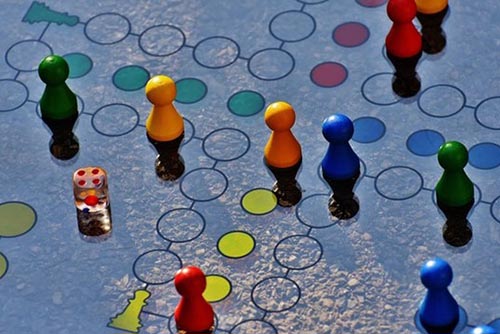
Board games
The family can gather around a board game whilst also engaged in vision therapy. However, remember to adjust the rules, so that the child’s impaired vision is taken into account when the child is wearing their eye patch. ‘Concentration’ or ‘Go Fish’ are two suggestions for card games that can be played, as both involve matching the symbols. This will help to develop your child’s visual memory.
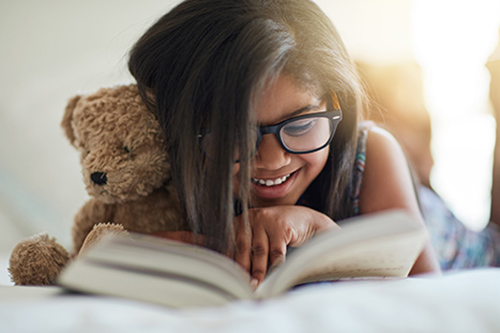
Books
If the child is at an age when they can read, then reading is a good activity for eye patch training. You can borrow books in capital letters from the library if necessary. If the child cannot read, picture books are also a good alternative, as you can ask the child to find certain things in the pictures, or count the number of a particular thing on a page etc.
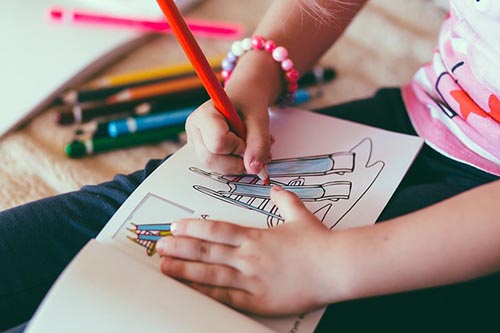
Exercise books – colouring books
Colouring books and exercise books with, for example, ‘Find- 5 mistakes’, or ‘Solve the maze’ etc. are good activities for developing the use of near vision when engaging in eye patch therapy. Note, however, that because of the child’s impaired sight in one eye, it may make sense to buy an exercise book targeted at a slightly younger age group. Lines in younger books are often clearer and the level of detail required is less, and thus better suited to a child with a vision disorder. The level of difficulty can be slowly increased.
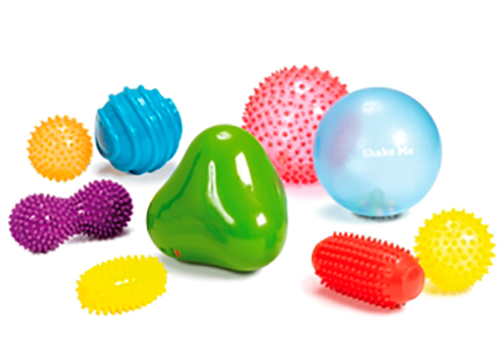
Ball play
Playing with a ball, whether by kicking, catching, or rolling it, is a good activity when it comes to strengthening eye-hand coordination. It does not have to be more challenging than just two people standing near each other and playing the ball back and forth. Sensory balls can also be a fun and stimulating option when, for example, they change direction when being rolled.
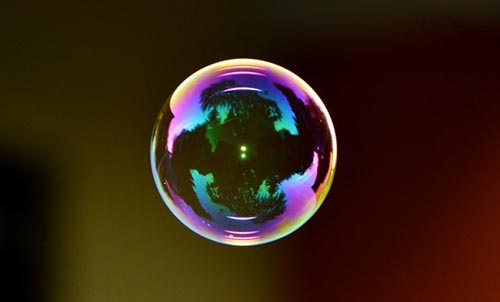
Soap bubbles
When blowing soap bubbles, a good exercise for the child is to tell them to burst the bubbles using their index finger rather than their whole hand. This requires precision and eye-hand coordination.
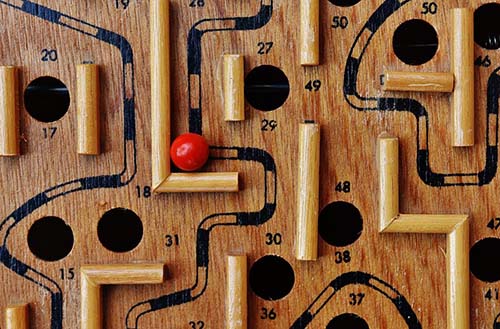
Ball maze
Ball mazes can combine the ability to concentrate with the ability to coordinate.

Obstacle course
A home-made obstacle course in the garden or living room is good for balance and provides the child with a good context for training their motor abilities.
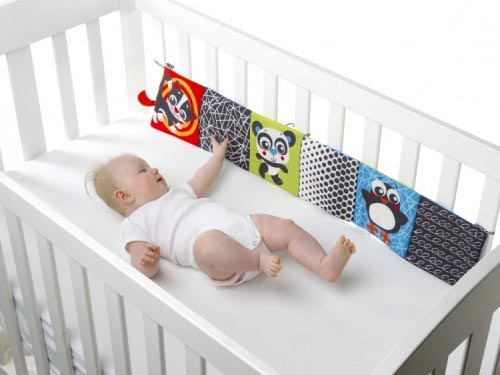
Activity toys
An infant needs plenty of visually stimulating experiences to ensure that their vision develops. Colourful activity toys with sounds and different textures are appropriate in this regard, and constitute an exciting activity for children in terms of seeing and doing. Even for slightly older children who have undergone eye surgery, activity toys can be helpful.
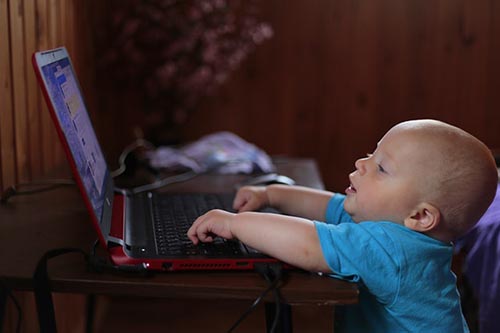
Computer games
Some parents choose to let their children play on the computer/iPad at the same time as having to wear their adhesive eye patch. We were given this recommendation by the staff at the Kennedy Centre when our daughter was seven months old and had just undergone eye surgery. Examples of vision-stimulating apps for younger children can be seen on the page: ‘Getting started’.
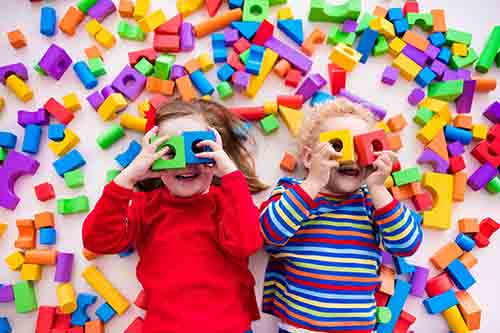
Building blocks
For the youngest children, building blocks can be a great activity. They involve lots of colours and opportunities for getting creative. They can be used for stacking, knocking over, and sorting, all of which support eye-hand coordination. This also provides good practice for the child to use their imagination to assemble the blocks however they wish.
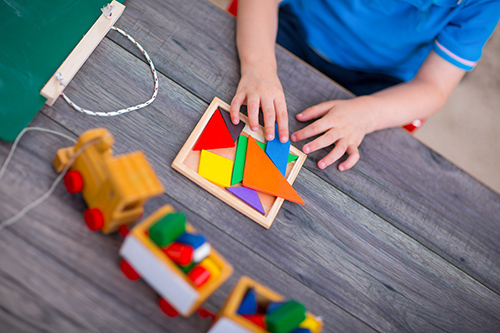
Puzzles
Puzzles are an activity that most children enjoy completing. For children who use adhesive eye patches, however, it is worth making sure there are not too many pieces, so the child does not end up getting frustrated and feeling like a failure for not being able to complete the puzzle. The activity is supposed to provide a feeling of success and accomplishment.
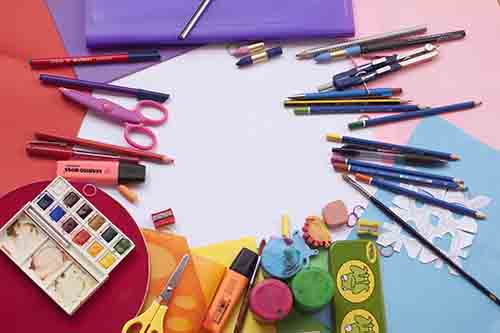
Drawing and cutting
Drawing and cutting by following the lines. It does not have to be perfect. Success lies in doing the exercise, not the result …
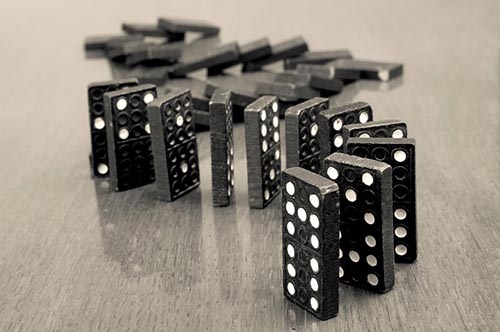
Domino
As well as just playing the actual game, the youngest in the family will enjoy standing the pieces up next to each other in a line and watching them tumble as they blow one of them down.
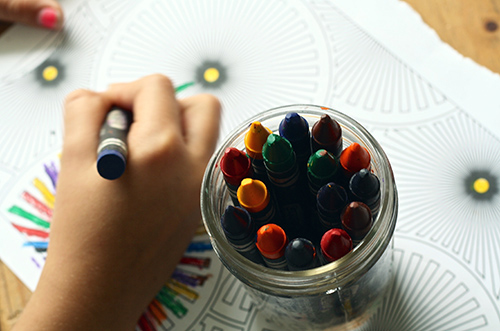
Circling
Vision therapy exercises can help make it more fun for the child to wear an eye patch, if you choose exercises that are specially designed for eye patch training. This can encourage the child to wear the patch. We have a large number of stylish ‘Adhesive eye patches’ and ‘Fabric eye patches’, which can also make the experience of wearing an eye patch more fun.
